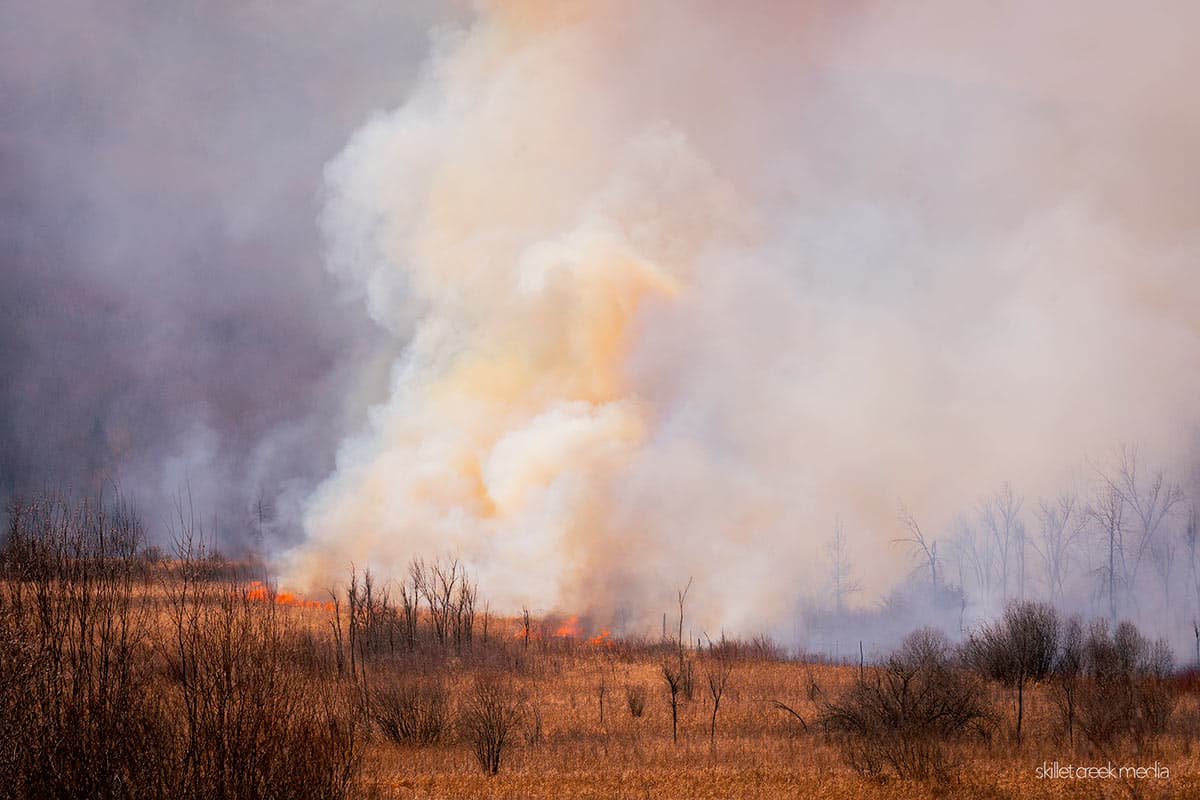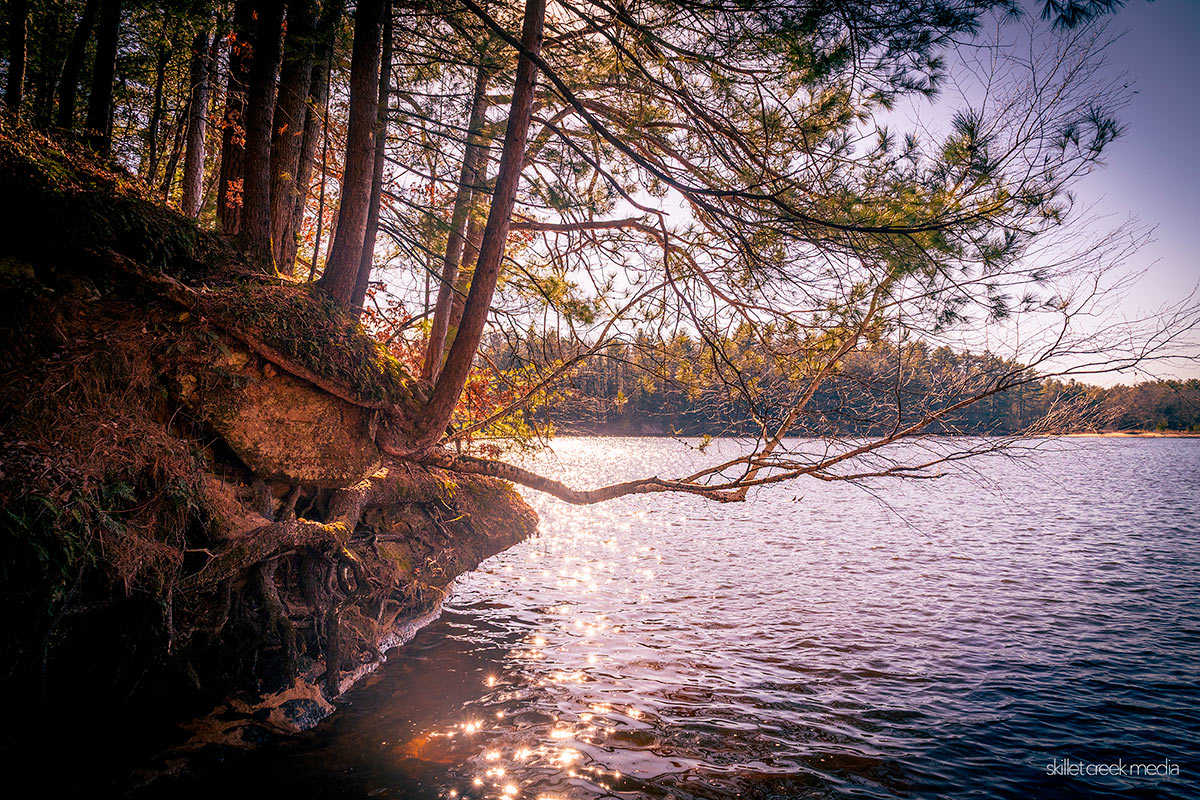Yesterday, March 18th, a prescribed burn was carried out on Devil's Lake State Park's Roznos…
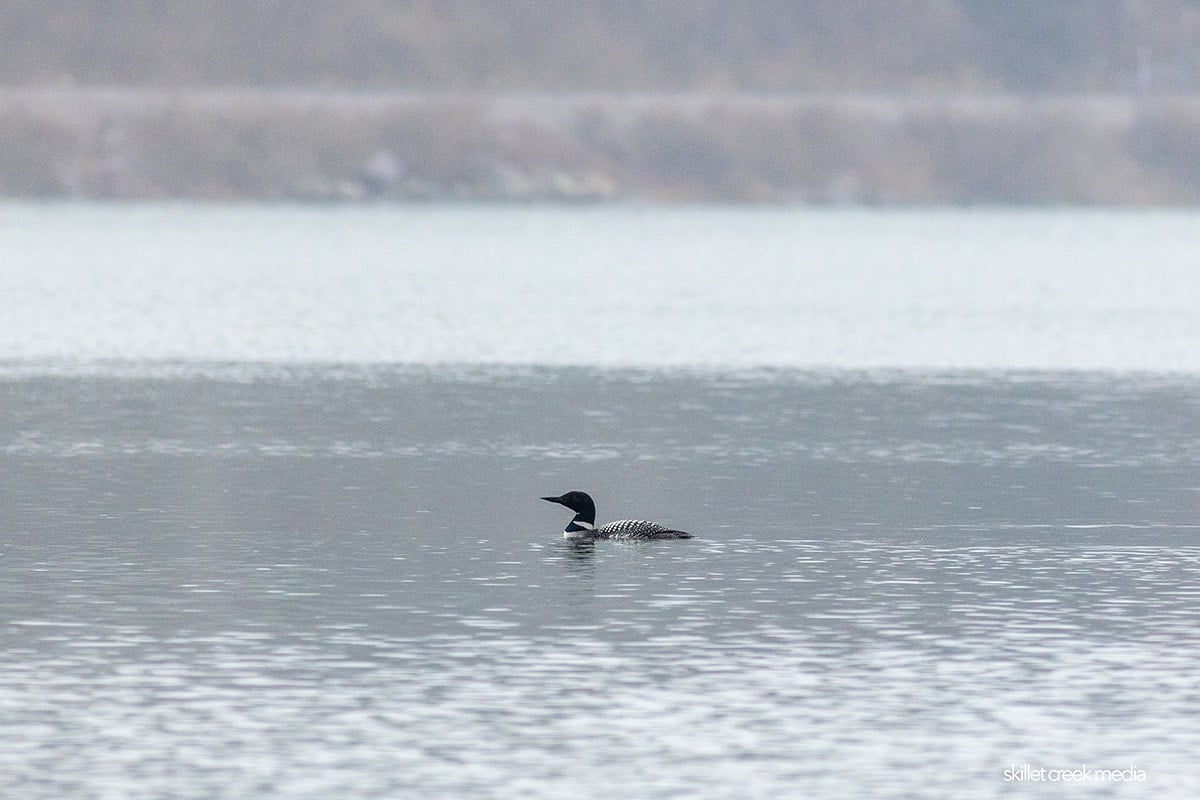
As spring arrives in Devil’s Lake State Park, one of the most exciting events is the return of the common loon. Known for their haunting calls, these waterbirds are a sight to see as they glide through the crystal-clear waters of Devil’s Lake.
Devil’s Lake State Park is fortunate to host loons each year as they make their annual migration to Minnesota and northern Wisconsin. Although most loons at Devil’s Lake move further north after their stay, occasionally a young loon or single male may choose to remain through the summer. Either way, they still make for a fascinating sight and sound as they glide along the lake’s crystal-clear waters.
Larger than a mallard but smaller than a goose, the common loon has a thick neck and a long, black bill. They are skilled swimmers, diving under the water to search for their prey. They have a unique coloration, with a black bill and a red eye, and spotty black and white plumage in the summer months.
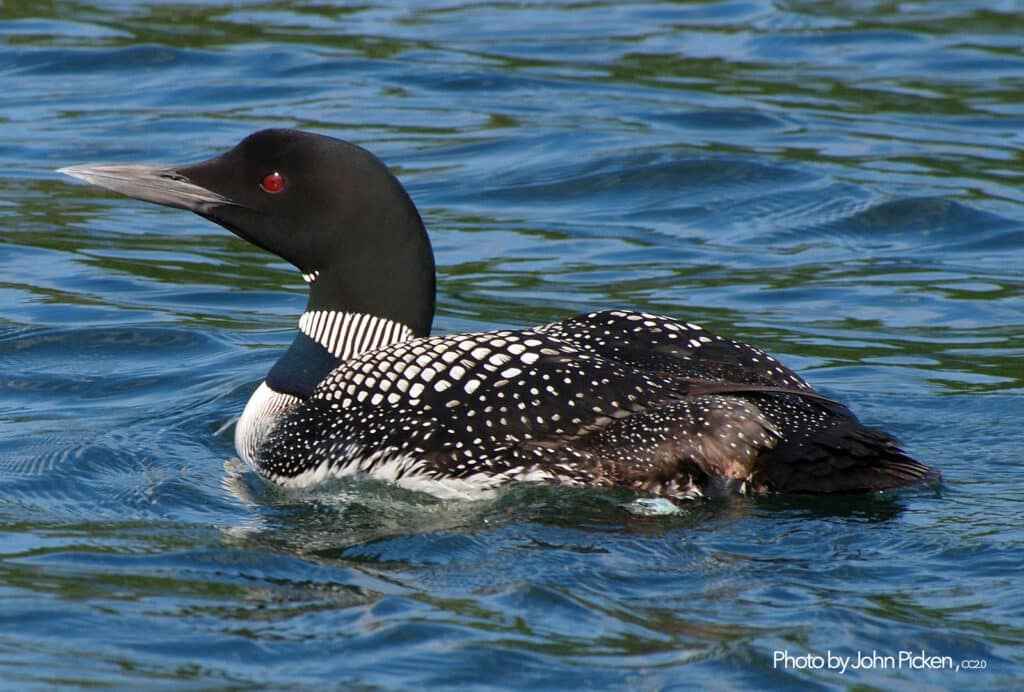
Interestingly, loons’ lives are filled with fun facts. For example, their bones are solid, unlike most birds, which have hollow bones. This extra weight helps them dive deep in search of food, up to 250 feet underwater, and they can stay underwater for up to five minutes!
It’s important to remember that loons need a runway to take off, or they can get stranded. In May 2013, loons across northern Wisconsin were grounded in late-spring snowstorms and were unable to take off. Some of these iconic birds of the Northwoods actually fell from the sky onto roads, farm fields, and other hard surfaces from ice building up on their wings. This was a serious problem for the birds because they can’t take off from land. Loons need as much as a quarter mile of open water to be able to take off.
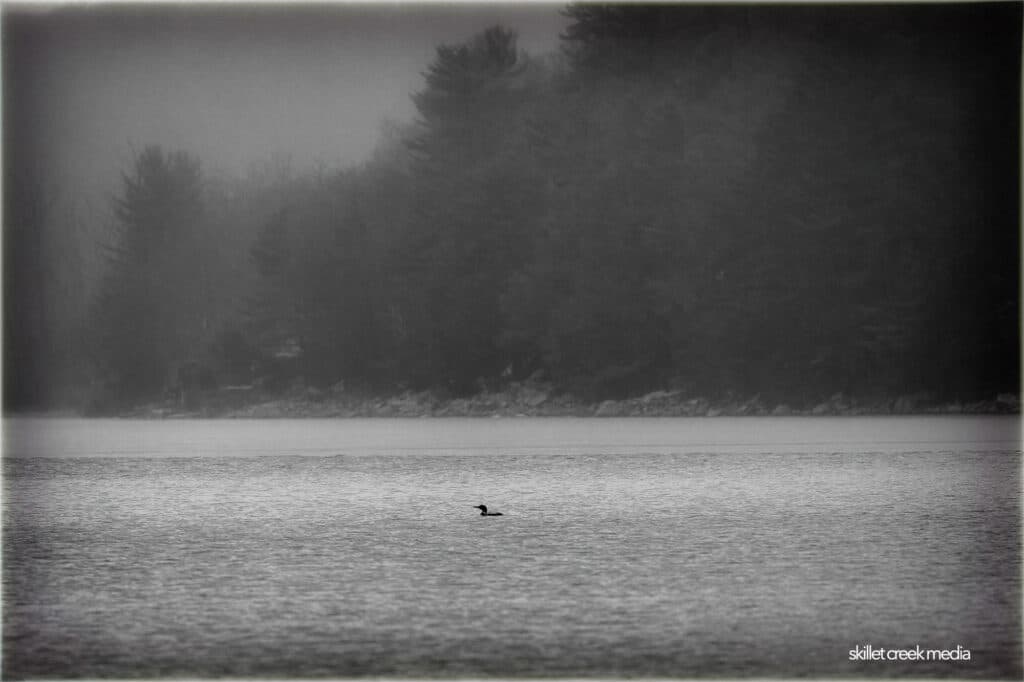
As these magnificent birds return to Devil’s Lake, it’s a reminder of the beauty and diversity of the park’s wildlife.
If you’re interested in learning more about the common loon or other wildlife at Devil’s Lake, the park naturalist offers various educational programs and guided hikes. Don’t forget to bring your camera and binoculars to catch a glimpse of these amazing birds in action.
Remember, as always, to practice good wildlife-watching etiquette and avoid disturbing the animals in their natural habitats. Let’s all work together to preserve and protect the natural beauty of Devil’s Lake State Park.
More reading
- Late Snow Storms Strand Loons… (2013)
- Common Loons – WI All-Bird Conservation.

For nearly 2 decades the Skillet Creek blog has focused on 3 main goals; To inspire you to visit and explore the Devil’s Lake region, to help you get the most your visit by sharing tips, events, and other helpful information. Lastly to advocate for our environment & wildlife and talk about how we can keep our natural areas amazing now and into the future! That last goal can sometimes cause controversy, but it’s the only way we can accomplish the first two. – Derrick Mayoleth, Owner.

